The ongoing hostilities between brothers William and Harry are by no means the first close family feud to ruin the Royal Family.
For if Queen Victoria was angry at her eldest son, Bertie – the future Edward VII – for his wayward womanizing, this was nothing compared to the fury reserved for her own mother, the Duchess of Kent.
The widow of the late Prince Edward, Duke of Kent, fourth son of George III, the German-born Princess Victoria of Saxe-Coburg-Saalfeld, truly became a mother from hell, controlling her daughter’s every waking moment in an attempt to to stifle the slightest sign of independence.
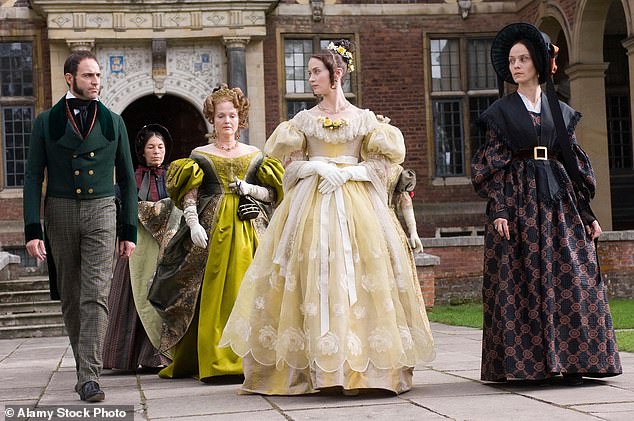
Sir John Conroy, Victoria, the Duchess of Kent and Young Victoria played by Mark Strong, Miranda Richardson and Emily Blunt in the film The Young Victoria
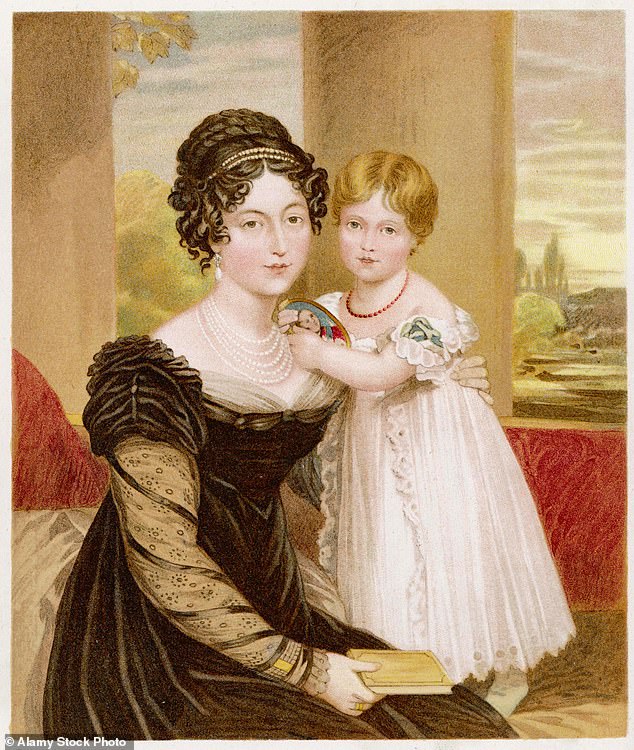

Victoria at two years old, with her mother, the Duchess of Kent, in a portrait dated 1821.
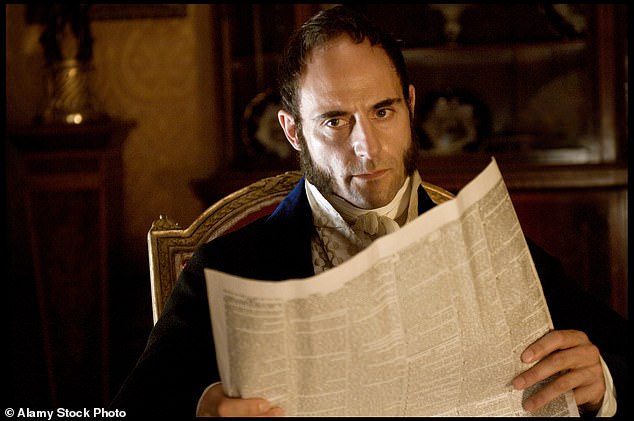

Sir John Conroy, played here by Mark Strong, wanted to achieve a Regency that meant he and the Duchess of Kent would control the country, not Victoria.
As is widely acknowledged by historians, the Duchess and her close associate John Conroy were determined to achieve a Regency following the eventual death of King William IV, which meant that they, and not her daughter Victoria, would control the country.
Author Tom Quinn writes that King William IV had correctly guessed that his sister-in-law, the Duchess, expected him to die before Victoria turned 18 and that the Duchess intended to govern herself.
‘Even more worrying was the fact that it was generally believed that… true power would rest with her advisor, the Irish aristocrat Sir John Conroy, a man who ruled the Duchess as she ruled Victoria.
“Personal animosity caused the Duchess of Kent to do everything she could to keep Victoria as far away from her Uncle William as possible.”
In fact, Victoria was kept away from almost everything and everyone, almost a prisoner in Kensington Palace, friendless and with every minute of her life monitored by her mother and Conroy, who served as Comptroller of the Kent household in the palace.
Known as the “Kensington System”, the regime was designed to keep Victoria dependent on her mother and free from the influence of her “evil” uncles, George IV and his brother William IV, with their well-documented womanizing.
Finally, an invitation arrived to dinner at Windsor that he couldn’t avoid, Quinn explains: a lavish event to celebrate the birthday of Queen Adelaide, wife of William IV.
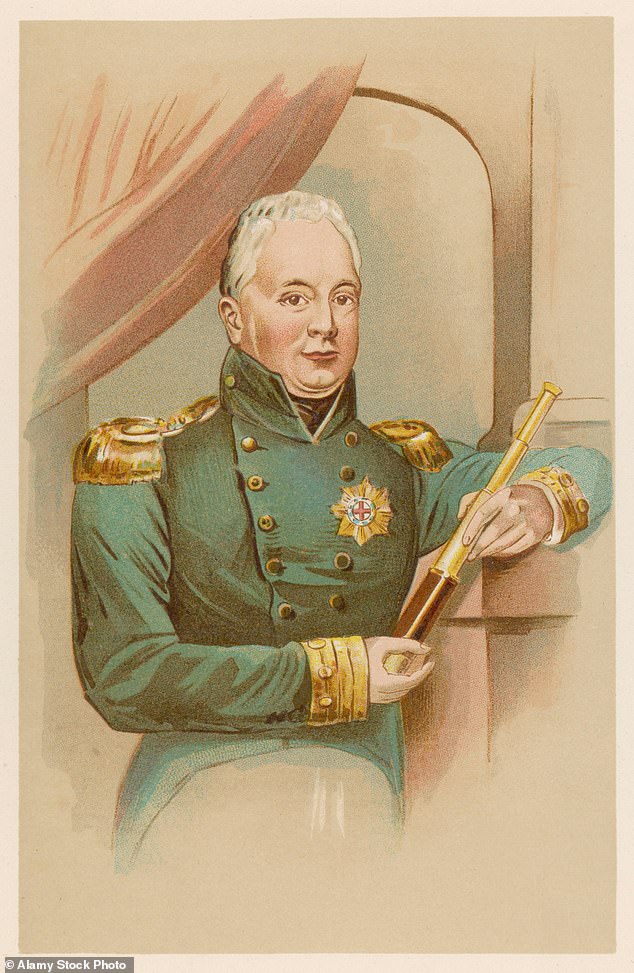

William IV, Victoria’s uncle, was one of the so-called “wicked uncles”, the sons of George III. Along with the Prince Regent, later George IV, William was headstrong, selfish and addicted to grand indulgences.
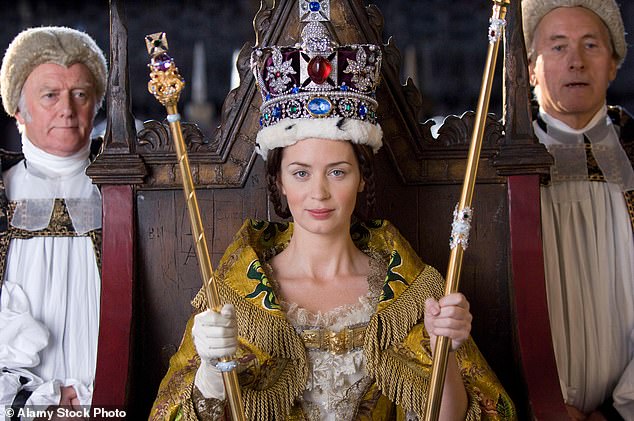

Victoria, played by Emily Blunt, became queen just weeks after her 18th birthday with the death of her uncle, William IV. And thus a Regency was avoided
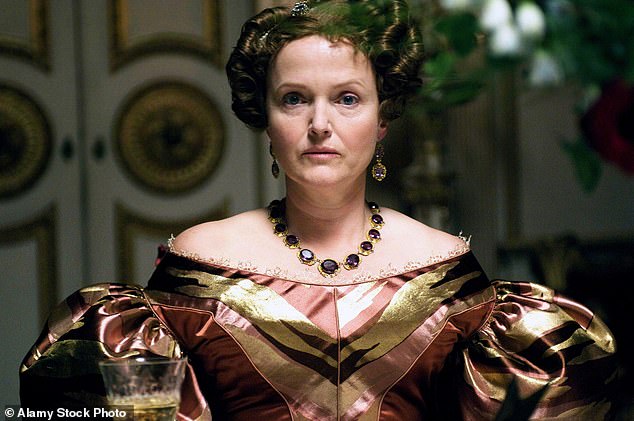

Miranda Richardson as Queen Victoria’s mother, Victoria, the German-born Duchess of Kent. One of the young queen’s first acts upon her accession to the throne was to remove her bed from her mother’s bedroom.
“The dinner allowed William to launch a direct, scathing and very public attack on the Duchess,” Quinn explains in her book Scandals of the Royal Palaces – An Intimate Memoir of Royals Behaving Badly.
‘In a speech heard in stunned silence, she complained that she had helped herself to parts of Kensington Palace without permission and that the only goal she had left in life was to live another year to thwart the ambition of the ‘incompetent duchess’ and her ‘bad advisors’.
It turned out that William lived long enough to ensure that his niece Victoria became queen. He died June 20, 1837; Victoria had turned 18 just a few weeks earlier.
One of his first acts after his accession to the throne was to remove his bed from his mother’s bedroom. She banished Conroy from the premises in perpetuity.
- Royal Palace Scandals: An Intimate Memoir of Royals Behaving Badly by Tom Quinn, published by Biteback, price £20
